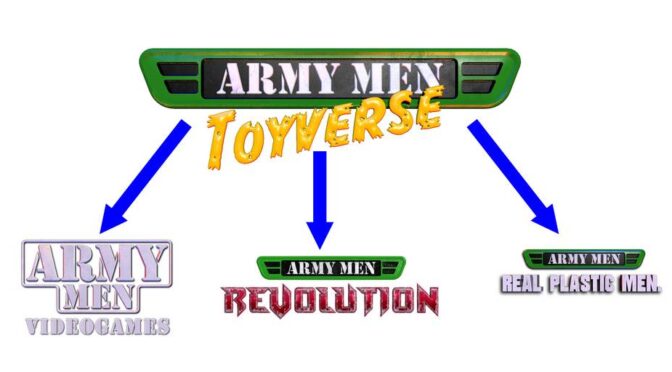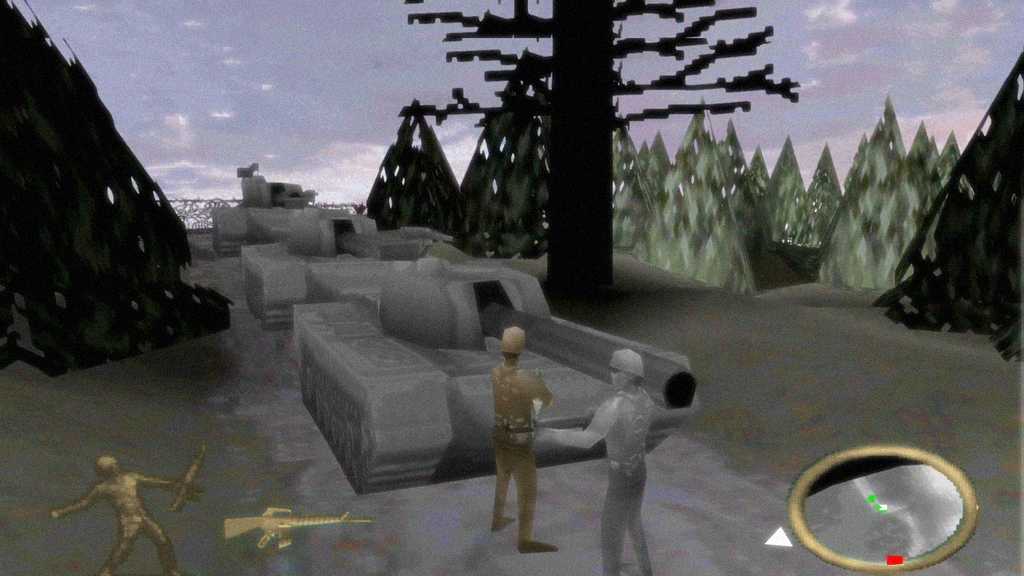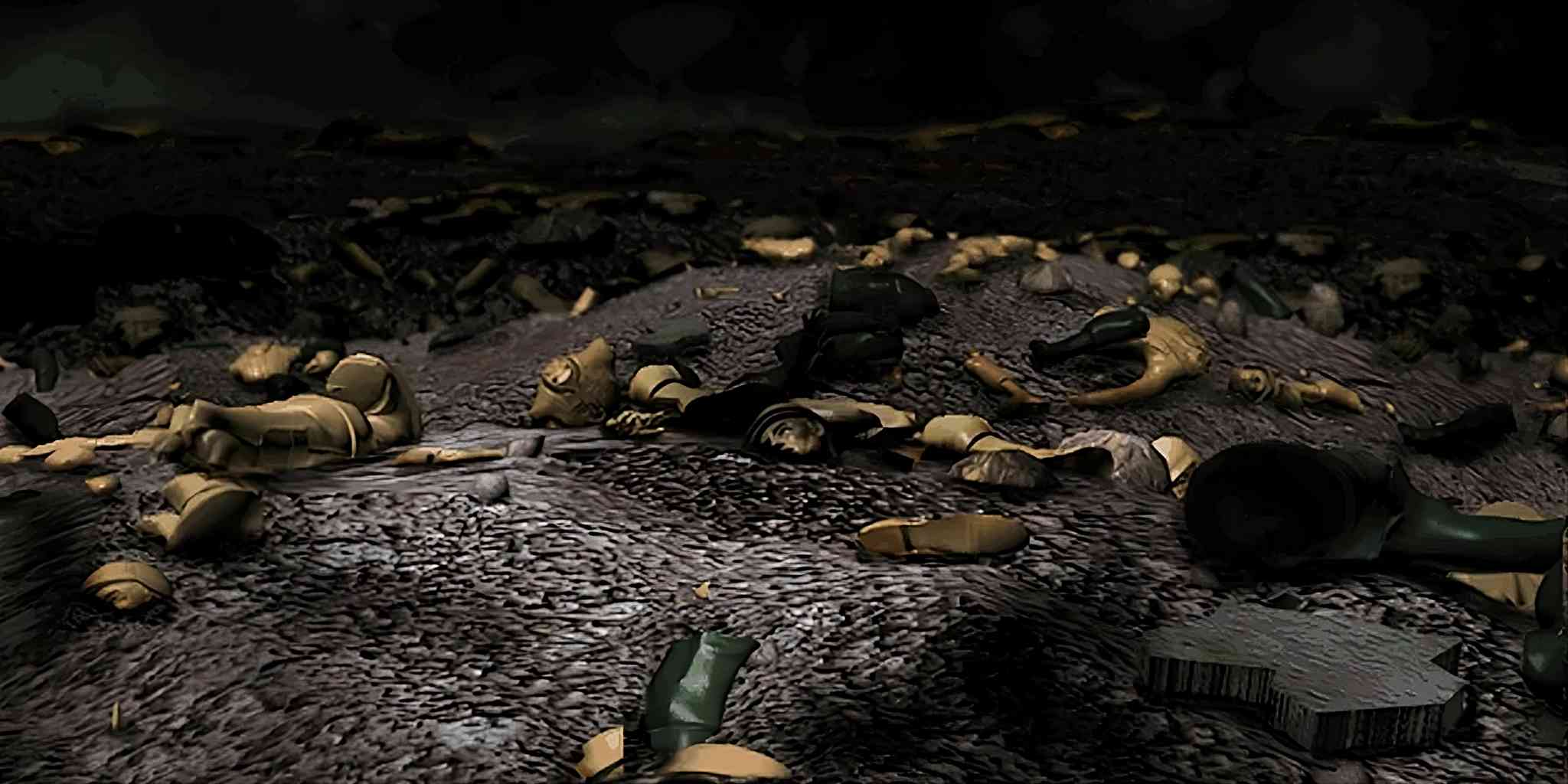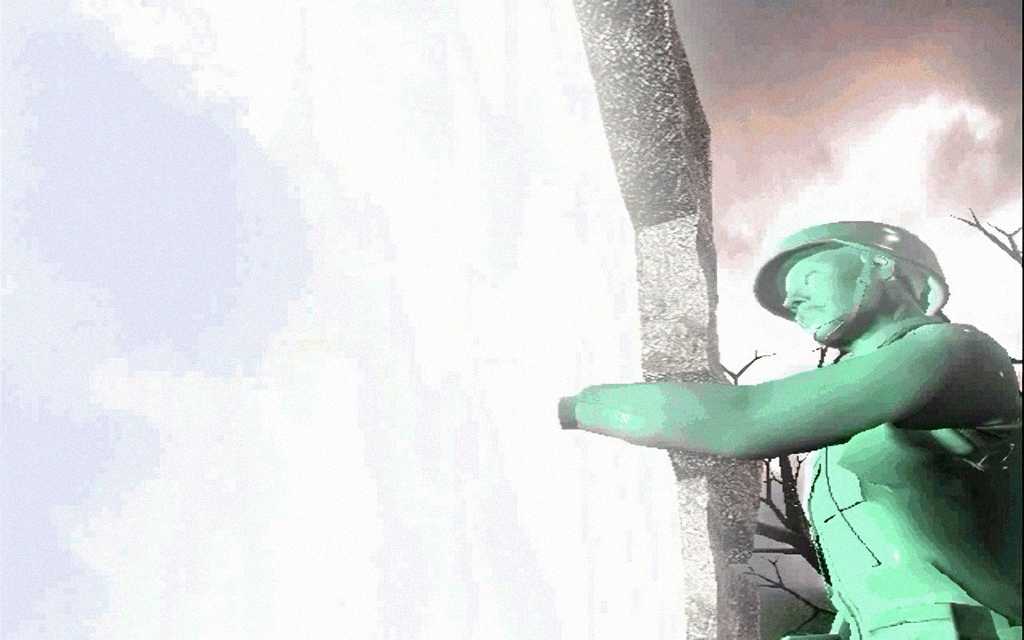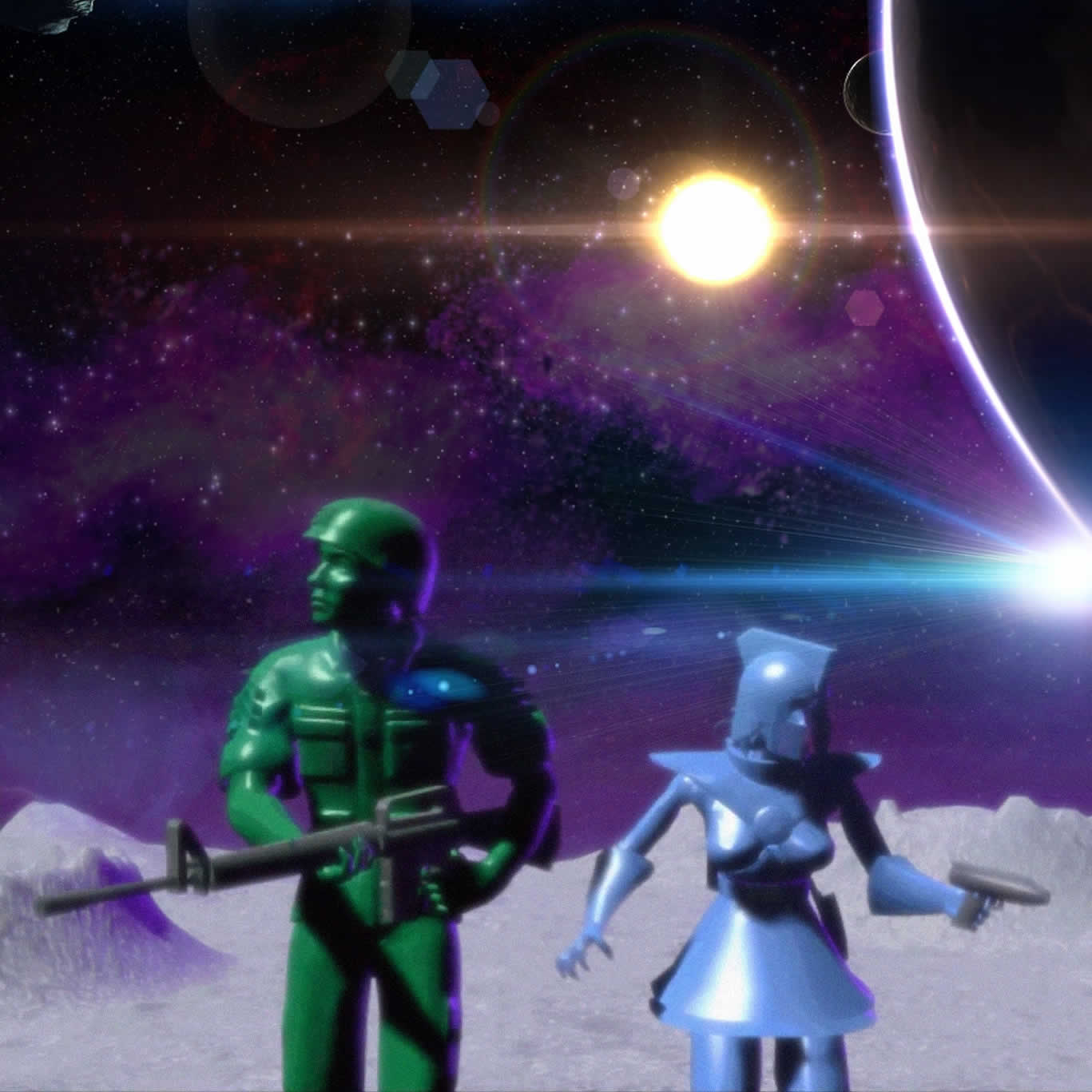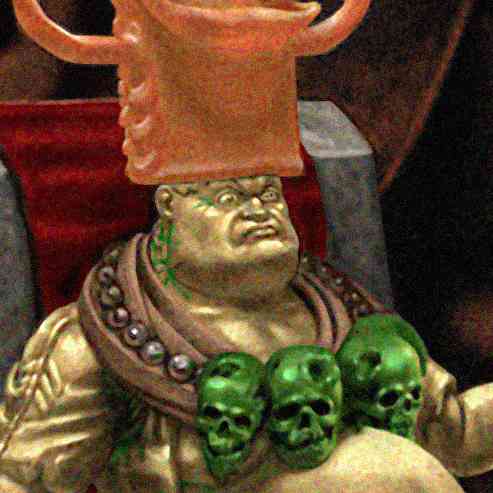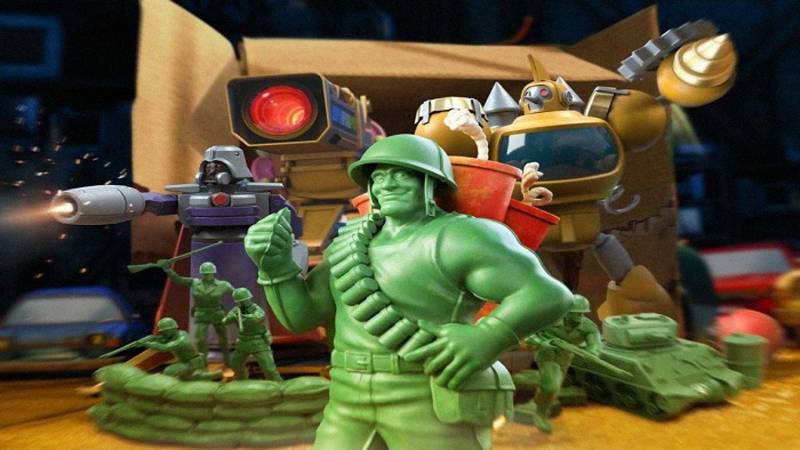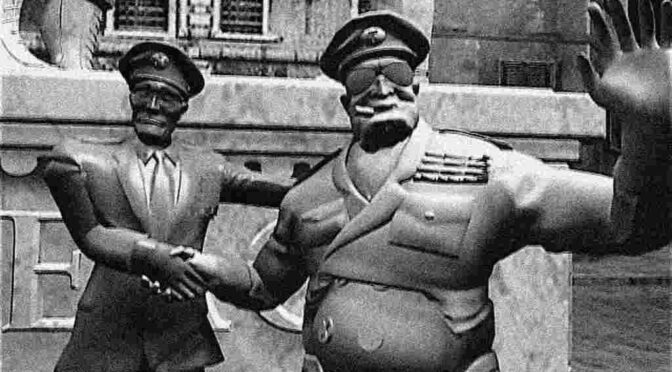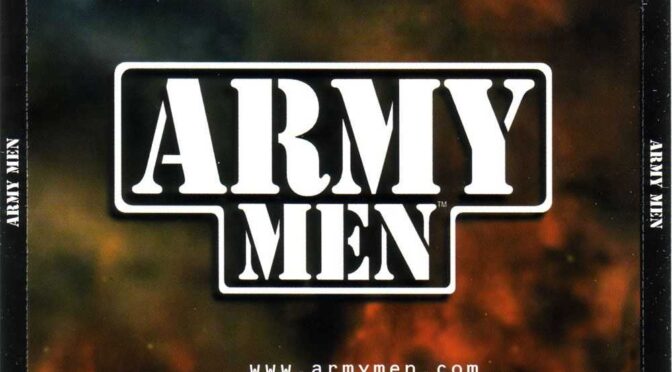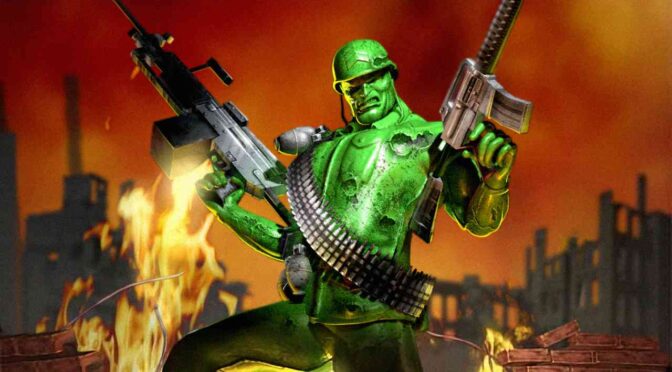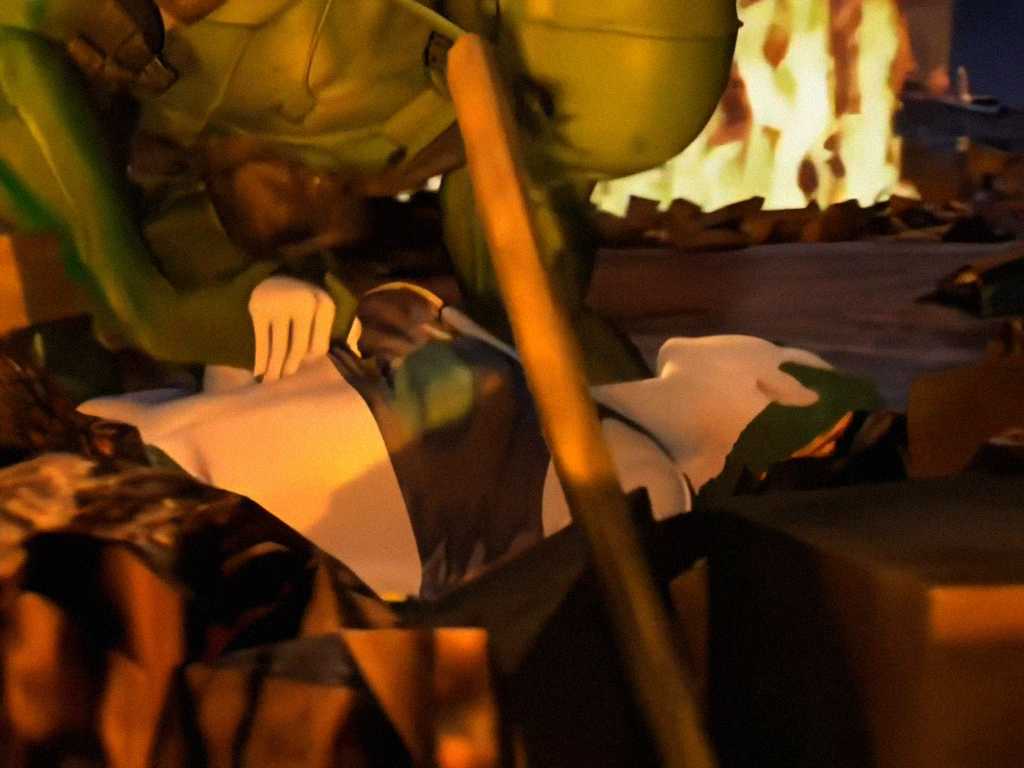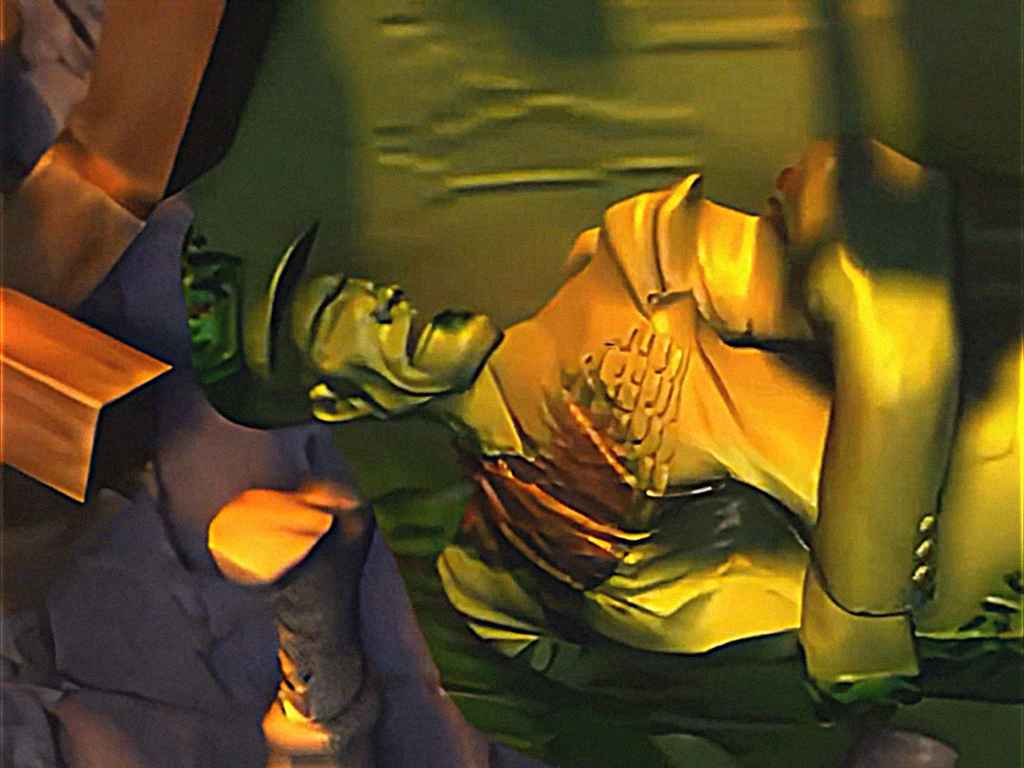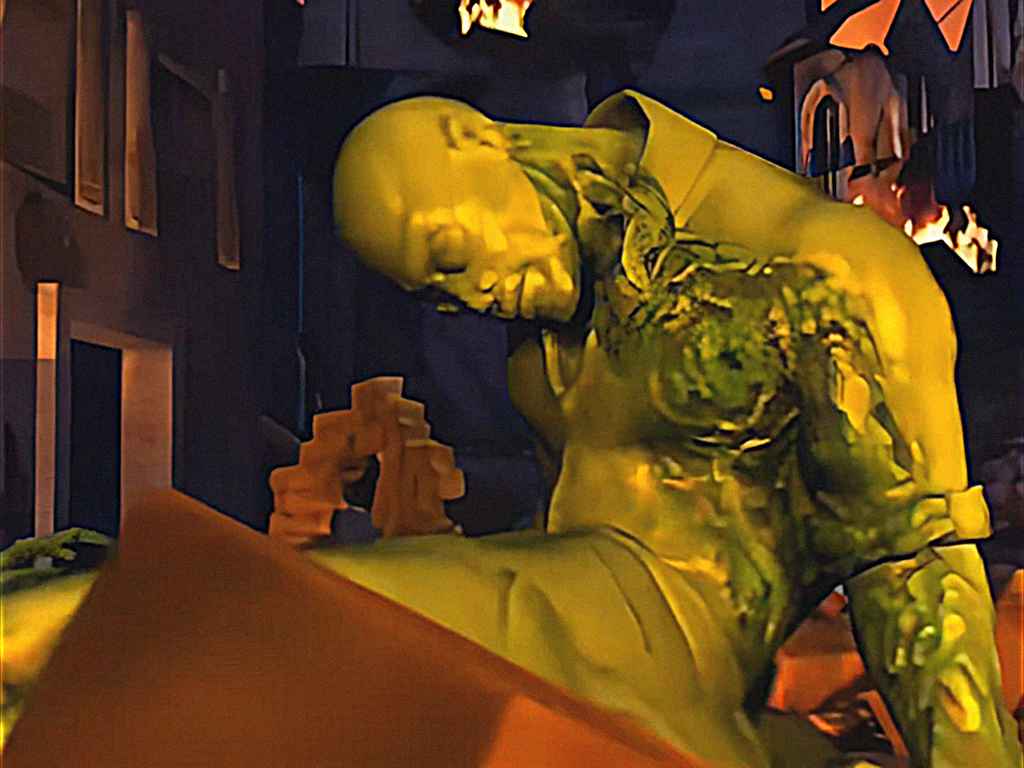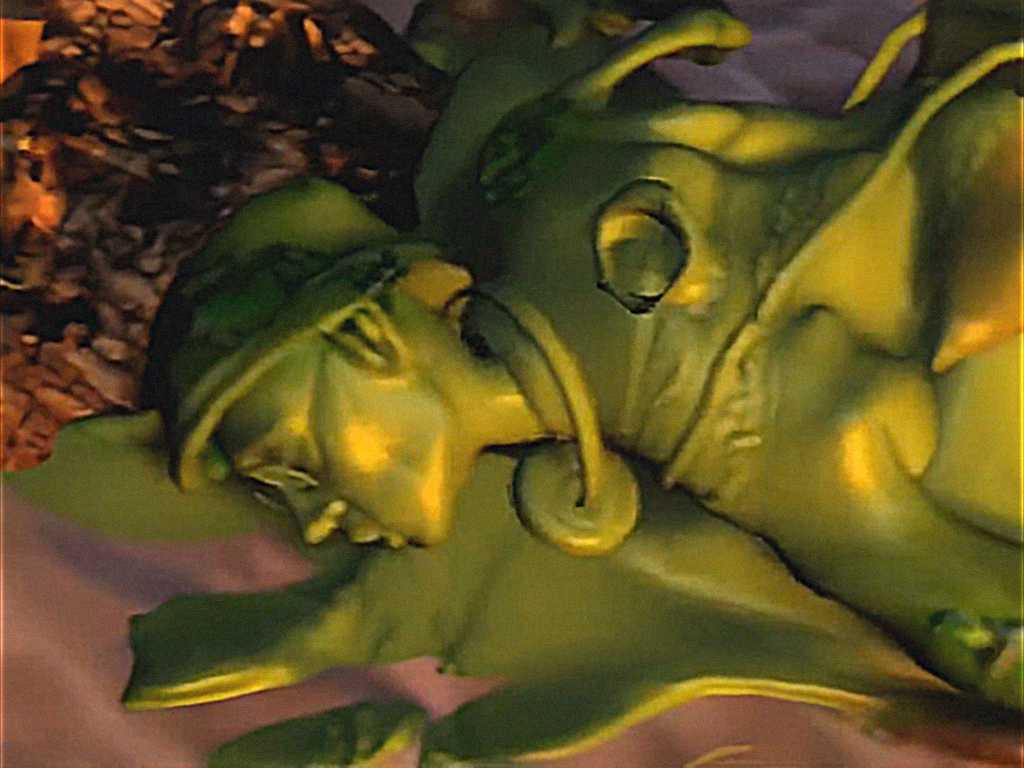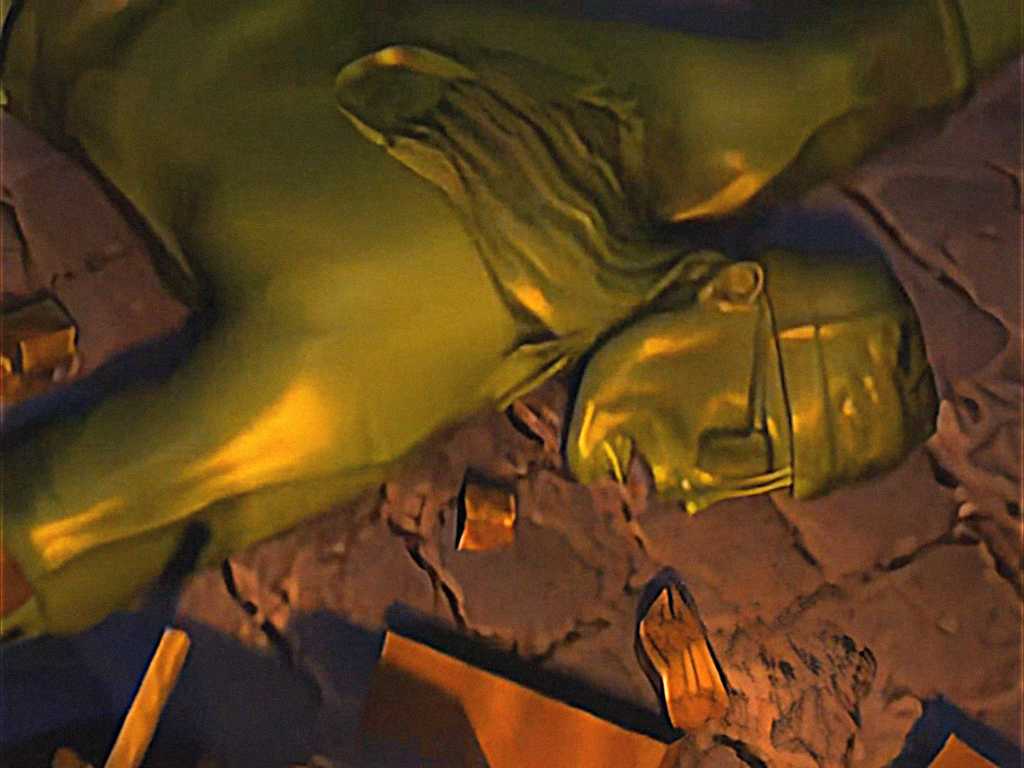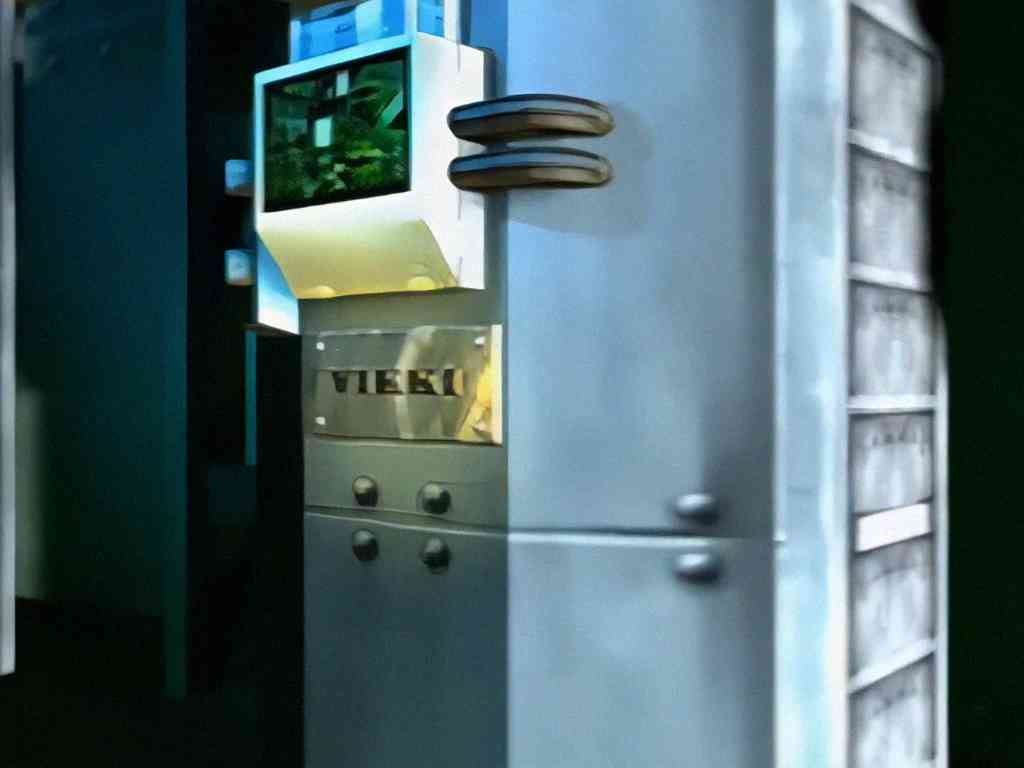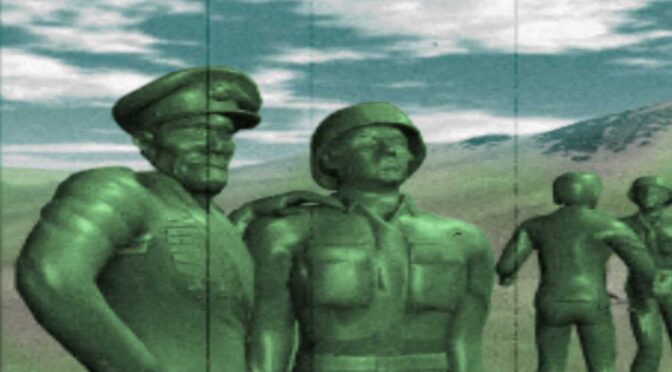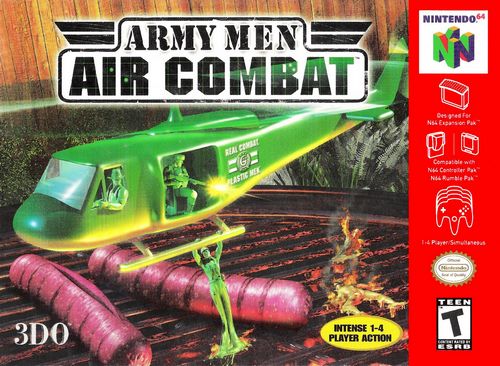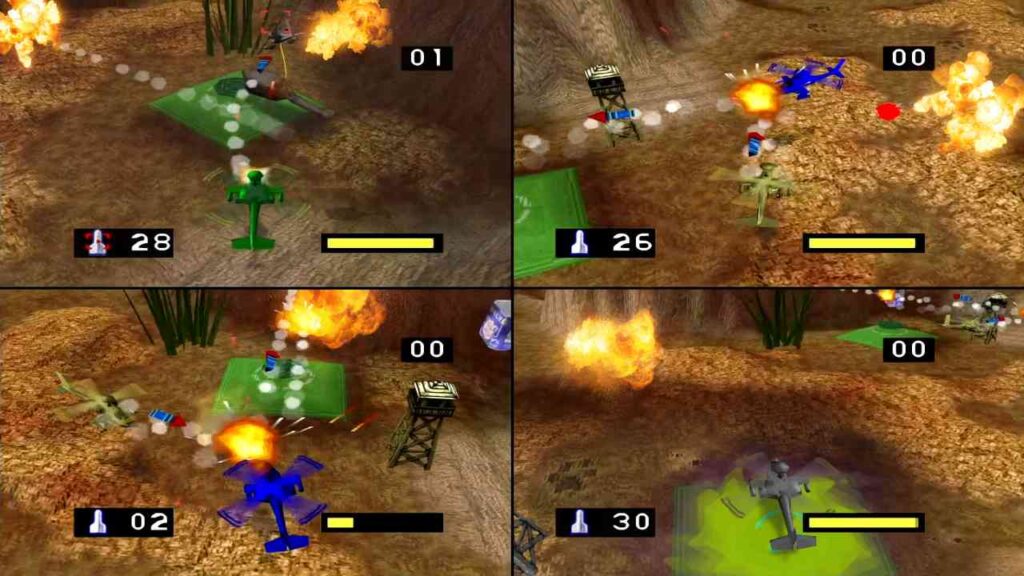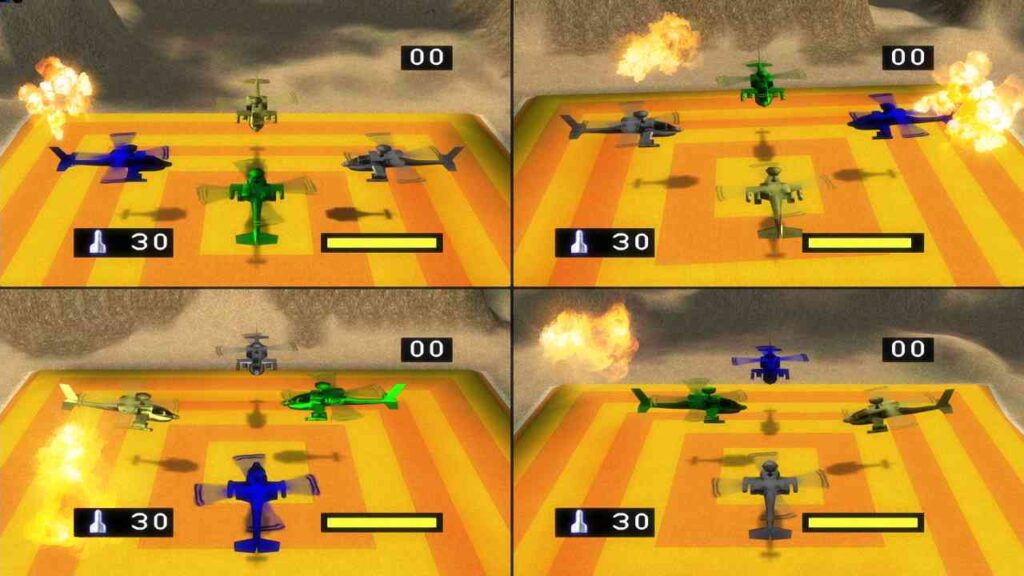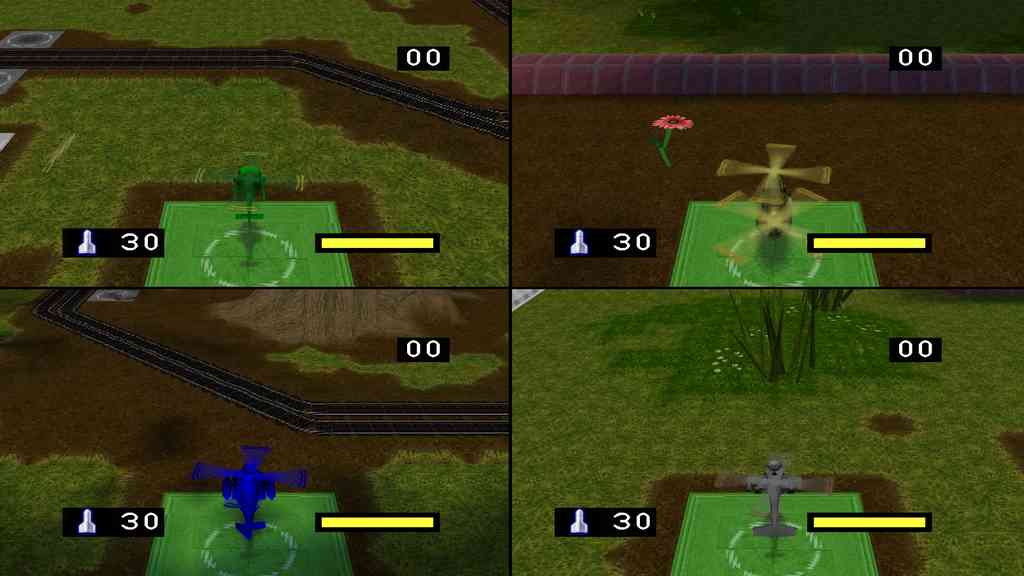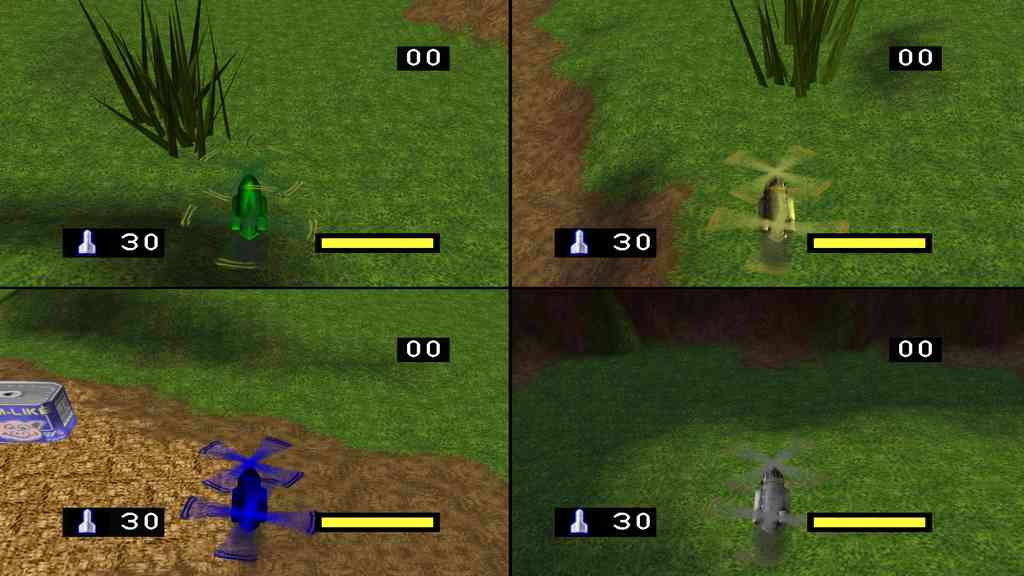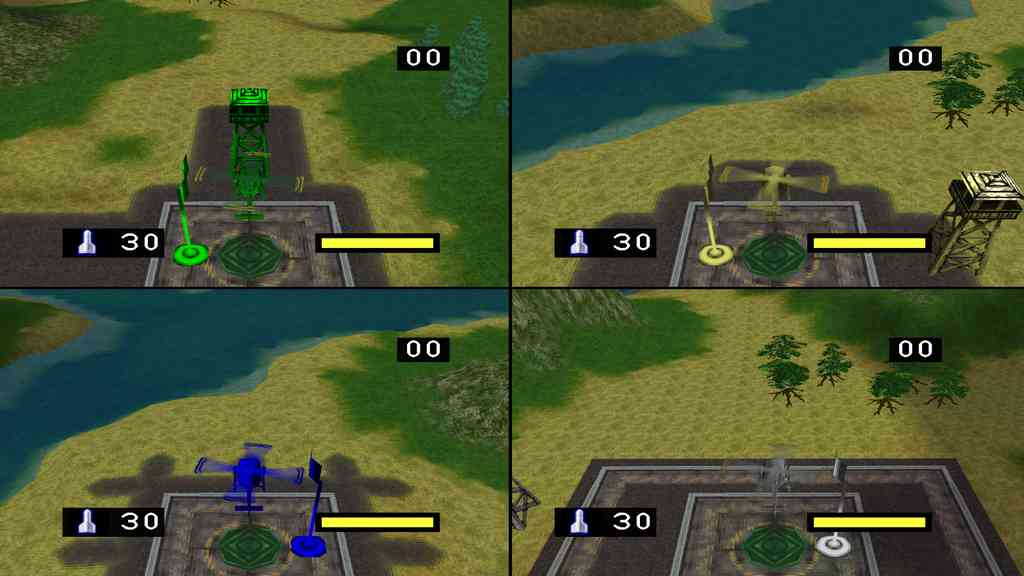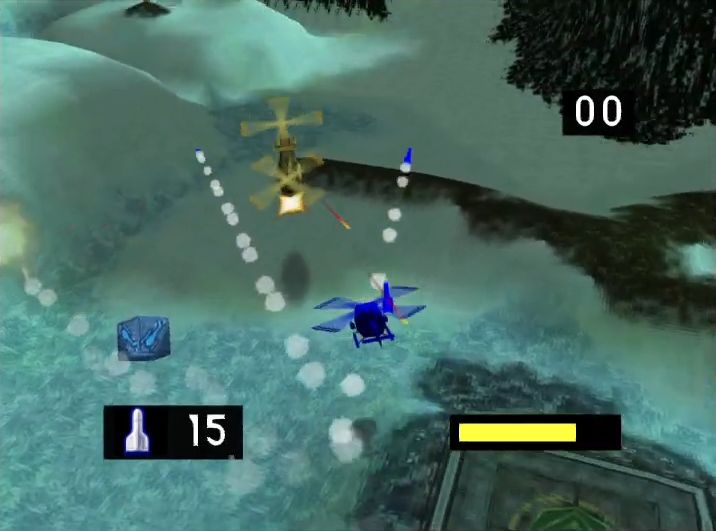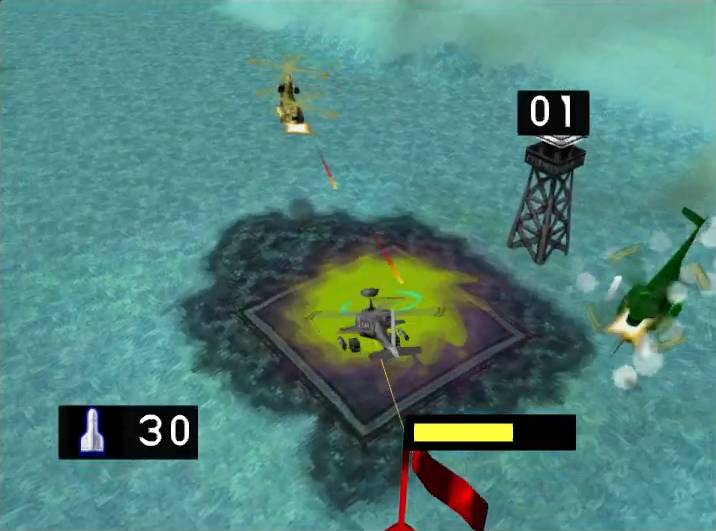Original source
https://electronics.howstuffworks.com/3do3.htm
3DO is one of the top video game companies in the U.S. with dozens of popular titles. Go behind the scenes and learn how 3DO creates a new game!
Lots of us play video games. In fact, the number of people playing video games only seems to increase — the number of consoles in American homes exploded in 2007, rising more than 18 percent [source: Cheng]. If you’ve played video games before, you may have wondered what goes into making them. You may even want to get into the business yourself. Here are some of the questions that you may be wondering about:
Where do game ideas come from?
- How many people are involved in making a game and what do they do?
- How is a game developed?
- How does a game get to my local store?
The video game industry, like most technology, moves quickly and rarely looks back. It seems like every few years brings a fresh new batch of video game consoles, each vying for a place at the top of every gamers’ heart. And over the years, gaming has become enormously popular all over the world, bringing in more than $1 billion in revenue and even surpassing the music industry in retail sales [source: Fritz].
To understand the entire process of video game development, we went to the folks at The 3DO Company. Also known as simply 3DO, the company was both a console developer and a third-party publisher of video games, with several titles for the Nintendo 64 and other game consoles, as well as PC and Mac computer systems. 3DO was founded in 1991 and released the 3DO Interactive Multiplayer (also known as simply the 3DO) in 1993. After poor sales and reception, the company dropped the console and shifted focus to developing video games (similar to what Sega currently does for the Nintendo Wii). 3DO declared bankruptcy in 2003, however, and no longer makes video games.
When 3DO was still around, we followed the development of Portal Runner, a game 3DO made for the Nintendo 64. In the process, we looked at the development of the game itself, as well as the process of getting a game off the ground and onto the shelves. On the next few pages, you’ll learn about basic game technology, how an idea is developed and how a game is distributed.
Where the Game Comes From
All games start with an idea. But where that idea originates can be traced to one of several sources:
- An original concept presented by an employee
- An original concept pitched to the company by an outsider
- A sequel to an existing game
- A spinoff based on a character from an existing game
- A game based on an existing character or story (such as movie, TV or comic characters)
- A simulation of another game medium (such as board games and card games)
- A game targeted to a specific demographic
- A simulation of a real world event
- A game designed to take advantage of a specific game platform (such as the Internet or an advanced interactive game system).
Once the idea is accepted by the company as a viable game, then a preproduction team is assembled to begin developing the idea into a fully realized game. How the game develops depends greatly on what type of game it is. The story line and design of a game based on an existing movie or comic character are going to be much more restricted than those for a completely original game concept. Likewise, a simulation based on a real world event, such as a baseball game, usually has definite boundaries in what can be done.
Video games can be vastly different from one another. And while there is a huge variety of games available, most fall into certain broad categories:
- Sports (Madden NFL, Tony Hawk)
- Strategy/Role-playing/Adventure (Zelda, Final Fantasy)
- Fighting (Mortal Kombat, Soul Caliber)
- Puzzle (Tetris)
- Shooter (Halo, Call of Duty)
- Platform (Super Mario Brothers, Sonic the Hedgehog)
- Racing (Mario Kart, Tokyo Xtreme Racer)
- Conversion (American Arcade Pinball, Who Wants to Be a Millionaire?)
Of course, a lot of games include aspects from more than one of these categories, and a few games are in a category all their own.
In the case of Portal Runner, 3DO took a character from one of its more popular franchises and gave her a spinoff title of her own that falls into the platform category. The character, Vikki Grimm, has figured prominently in the company’s Army Men universe. Portal Runner is not considered a sequel because 3DO took one character and built an entirely new game universe around her. As you learn about the development of Portal Runner, remember that many of the steps in the process can change significantly for a different title based on the nature of the game being developed.
Planning the Game
The preproduction team generally includes each of the following people:
- Director
- Designer
- Software Engineer/Programmer
- Artist
- Writer
Sometimes a team won’t have every one of these people and other times it will have more than one person in a particular category. Another person assigned to the game from the outset is the producer. While the director provides the overall vision and direction for the game and is in charge of managing all the team members, the producer is in charge of the business side. For example, the producer maintains the production and advertising budgets and makes sure that the game stays within the limits of those budgets.
The first thing that the preproduction team does is develop the story line for the game. Think of this like writing the outline for a novel. The story line identifies the theme of the game, the main characters and the overall plot. Also, areas in the game where a full motion video (FMV) sequence would help the story along are established. An important part of developing the story line is knowing the nature of the game. This means that the game designer is typically involved from the very beginning; he or she is responsible for things like:
- Identifying traits and features of the game
- The type of gameplay and user interaction that is developed
- How the game will use the technology available on a particular platform (video game system or computer)
Portal Runner is a linear game. This means that you follow a predetermined path and accomplish specific goals to complete the game. The pattern of the game is: FMV1, Play1, FMV2, Play2, FMV3, Play3 and so on until the end. Each play portion has a different look, theme and goal, all of which combine to form the game world. Linear play makes the story line much easier to create than it would be for a game that branches or has multiple endings. Branching games can contain a series of paths that all lead to the same ending. Even more difficult are branching games that can result in one of several different endings, depending on the path taken. Of course, the type of game largely determines what the story line and style can be. A puzzle or sports game would not require as detailed a story line as a 3D action or role-playing game.
Once the story line is developed, the team creates a set of storyboards. A storyboard is a collection of still drawings, words and technical instructions that describe each scene of the game. These include storyboards for the FMV sequences that introduce the story and continue it between the periods of actual gameplay. Here’s an example:
In addition to storyboarding the game, the designers will map out the different worlds, or levels of play, within the game during the preproduction phase. The attributes of each world and the elements contained within it are pulled directly from the story line.
Developing the Game
Once the storyboards and overall game level designs are complete, the game enters the production phase. The preproduction team expands as needed to include additional artists, programmers and designers.
3DO’s artists began developing the 3D models that will make up the worlds of Portal Runner using a software application called 3D Studio Max. Richly detailed texture maps were created for each object. While the game developers at 3DO created the actual game environment using these models and textures, another division of the company, PlayWorks, used the same models to develop the animated full-motion video (FMV) sequences for the game.
Meanwhile, the programmers wrote custom code in C programming language that provided the framework for the game objects. A lot of code was pulled from the company’s library, a bank of predeveloped code that could be repurposed for different games.
Some of the code for a game involves the 3D engine, an application that generates all the polygons, shadows and textures that you see. Another piece of code is the artificial intelligence component. This is the logic of any game. It establishes the physics of the game, detects interaction and collisions of objects and controls movement of the characters. Development of the game code is done using a special development version of the particular game system that has increased memory, an SVGA monitor connection, a network connection and a hard drive.
All the bits and pieces — objects, textures and code — are fed into a special utility called a tool chain that combines the pieces into one big piece of code. The tool chain makes code that is executable on a specific platform, which basically means that the game code will actually run on the game system that it was designed for. To test the game, Portal Runner director John Salera used another specialized game console built for debugging games.
The Game World
If you can find a copy of Portal Runner and play the game, you’ll see that it used an over-the-shoulder perspective. When you’re playing, you seem to be hovering in the air slightly behind the character you are controlling. As your character moves around, you see the world of the game stretch out into the distance. But what you are really seeing is a very clever illusion reminiscent of the backlots of Hollywood.
The world that the character actually interacts with in Portal Runner is a very defined area. If you could pull the camera view up in the air, you would see that the play area is completely self-contained. Other parts of the world that you can see in the distance are actually two-dimensional images mapped onto a flat surface that surrounds the play area like a barrel. The sky was created in the same way, by mapping the sky image onto a large dome or cylinder that fits over everything else. Look at the example below to get a better idea of how this works.
A production team constantly looks for ways to add realistic effects without degrading the performance of the game. A good example of this is the reflections of objects on shiny surfaces, like the chess board in the medieval world of Portal Runner. The chess pieces and characters moving around on the chess board appear to have detailed reflections on the polished surface of the chess board. What’s actually happening is that a second version of each object is positioned upside-down just below the semi-transparent surface of the chess board. The upside-down version moves in concert with the “real” version of the object, providing an illusion of reflection.
Polygons and Shading
The vast majority of 3-D objects created for computer games are made up of polygons. A polygon is an area defined by lines. To have a polygon, you must have at least three lines.
The lines connect a series of coordinates in the three-dimensional “space” the computer creates. The point where the lines connect is known as a vertex. Each vertex has X, Y and Z coordinates.
- X determines the position relative to right or left in the virtual space
- Y determines the position relative to top or bottom in the virtual space
- Z determines the position relative to front or back in the virtual space
Once each polygon has a set of vertices to define its shape, it needs information that tells it what to look like. There are four common ways to do this:
- Flat shading
- Gouraud shading
- Phong shading
- Texture mapping
Flat shading simply assigns a single color to a polygon. It is very simple and fast, but makes the object look artificial. Gouraud shading is more complex. Colors are assigned to each vertex and then are blended across the face of the polygon. Since each vertex is typically associated with at least three distinct polygons, this makes the object look natural instead of faceted. Look at this example:
You will notice that the ball with Gouraud shading appears much smoother than the flat shaded one. But look closely at the outlines of the two balls. That’s where you can tell that both balls have the exact same number of polygons.
An even more complex version of shading, Phong, improves upon Gouraud shading. Whereas Gouraud shading interpolates colors by averaging between the vertices, Phong shading averages each pixel based on the colors of the pixels adjacent to it to create smooth surfaces.
Another common technique for determining the appearance of a polygon is to use texture mapping. Think of texture mapping as wrapping a present. Each side of the box you are wrapping is a blank polygon. You could paint the box, but it would be very difficult to make it match all the designs on the wrapping paper. However, if you take the wrapping paper and tightly cover the box with it, you have completely transformed the box with just a little effort.
Texture mapping works the same way. Mapping requires the use of another image. Essentially, this other image is stretched over the object like a skin. Most video game consoles and computer graphics adapters contain a special chip and dedicated memory that store the special images used for texture mapping and apply them to each polygon on the fly. This allows games such as Portal Runner to have incredibly detailed 3-D environments that you can interact with in real time.
Character Skeletons
The characters in a game have skeletons. Similar to our own skeleton, this is a hidden series of objects that connect with and move in relation to each other. Using a technique called parenting, a target object (the child) is assigned to another object (the parent). Every time the parent object moves, the child object will follow according to the attributes assigned to it. A complete hierarchy can be created with objects that have children and parents. Here’s an example for a human character:
Once the skeleton is created and all of the parenting controls put in place, the character is animated. Probably the most popular method of character animation relies on inverse kinematics. This technique moves the child object to where the animator wants it, causing the parent object and all other attached objects to follow. Another method that’s popular for games is motion capture, which uses a suit of sensors on a real person to transmit a series of coordinates to a computer system. The coordinates are mapped to the skeleton of a game character and translated into fluid, realistic motion.
Each character’s range of motion is programmed into the game. Here’s a typical sequence of events:
- You press a button on the controller to make the character move forward.
- The button completes a circuit, and the controller sends the resulting data to the console.
- The controller chip in the console processes the data and forwards it to the game application logic.
- The game logic determines what the appropriate action at that point in the game is (move the character forward).
- The game logic analyzes all factors involved in making the movement (shadows, collision models, change of viewing angle).
- The game logic sends the new coordinates for the character’s skeleton, and all other changes, to the rendering engine.
- The rendering engine renders the scene with new polygons for each affected object, redrawing the scene about 60 times each second.
- You see the character move forward.
Finishing Touches
After the basics are in place, the production team begins to refine the game. Part of this refinement involves optimizing the game code, polygon count and logic, including adjusting the clipping planes and culling. The polygon count (number of polygons on screen at the same time) is a major factor in the smooth rendering and quick response of a game.
Clipping planes determine whether or not polygons in the field of view will be rendered. This depends on how close to the camera the polygons are. Typically, the near clipping plane will not render polygons that are close enough to intersect the plane of the camera. This keeps your viewpoint in the game from intersecting another object and thus blanking out. And the far clipping plane is normally set at the point where the screen resolution causes the details to become impossible to see. There is no need to render objects that you cannot see.
This leads to another area of optimization. While the far clipping plane does not render entire objects that are too far away, culling means that the video game system does not render the parts of objects that are outside your viewing area. For example, when you look at a building, you normally only see one or two sides of the building. In a game, you can increase performance by not rendering the other sides of the building until you move around to the point that you can see them. And as you move, the game can stop rendering the things you can no longer see.
One of the refinements that John Salera said 3DO wanted to make to Portal Runner was to determine where they could eliminate polygons through culling in order to increase the polygon count for Vikki, from 1,500 polygons to 3,000. They want to do this without increasing the overall number of polygons onscreen. By increasing the polygon count of a specific object (like Vikki), the object can be made to look smoother and more realistic.
Periodically during the development of the game, 3DO sends builds (partially complete versions) of the game to the game console maker. This is done to keep the console maker informed about how the game is developing and to ensure that there are no surprises that the manufacturer might take issue with.
As the game nears completion, it enters the post-production phase. This phase has several parts:
- Game versions
- Product testing
- ESRB review
- Marketing and advertising
- Distribution
Once the game is done, an alpha version is sent to designated game testers. This preliminary version is a first pass meant to find any major flaws in the game. The problems are identified and the game is released again in beta form. The beta version is tested exhaustively to find any bugs and discover ways to further optimize the game. After the items found in the beta version are fixed, the final candidate is released.
Sometime during this period, the game is sent to the Entertainment Software Rating Board (ESRB) to be given a rating. If the game is released before a final rating is set, it will have an RP (Rating Pending) in the rating box.
Distributing the Game
During post-production, the marketing engine begins to ramp up. The game is advertised in print, on the Web and oftentimes on TV. Quite often, a game that is a hit or has a very memorable character provides the company with opportunities for merchandising and licensing. Comic books, cartoons, movies and amusement park rides have all spun out of the popularity of certain video game characters. Products such as clothing, toys and board games often display characters from the game. A popular video game character can be a marketing gold mine for the parent company.
A major difference in creating a video game for a console versus building a game for a PC is the approval and distribution process. Console manufacturers normally require strict licensing agreements between themselves and companies that wish to develop games for their systems. We will outline the process that 3DO goes through with the game console makers they work with.
Every company that develops games for a video game system manufacturer is considered a third-party licensee. Here’s how it breaks down.
A third-party developer:
- Develops the game idea
- Creates the game
- Tests the game
- Markets the game
- Distributes the game
Console maker:
- Approves the game idea
- Tests the game
- Reviews and approves the game
- Manufactures the game
When a developer submits the game to the console maker, the testing and review process can be very rigorous. The game may be sent back to the developer with requests to change certain parts before resubmitting it.
Many people mistakenly assume that the cost per game to the parent company is minimal and the profit huge. This is seldom the case. While the actual material costs for the game duplication, box and manuals may only be a few dollars per unit, there are a lot of other costs incurred:
- Console licensing royalties (about $3 to $10 per unit for the console maker)
- Game development costs (typically several millions of dollars)
- Advertising (anywhere from $1 million to $4 million for most games)
- Salaries for the production team (a typical game might employ 40 people for a year or more)
- Other licensing fees (particularly in sports titles, where the professional sports organization and any featured athletes tend to receive royalties for each unit sold)
- Operational costs (the costs of running the company must be split between the various games sold)
Game companies also have to take into account the short lifespan that most games enjoy. Since the technology that video games thrive on is continually improving, the games that are cutting edge today will seem slow and outdated in just a year or two.





